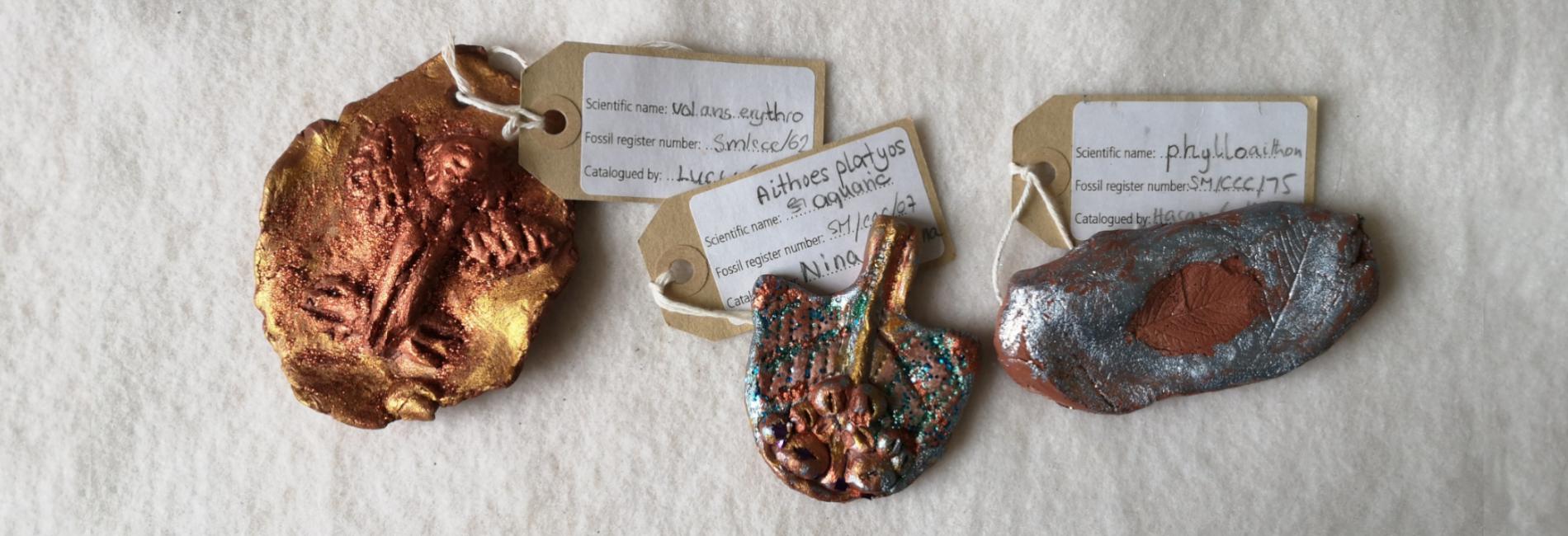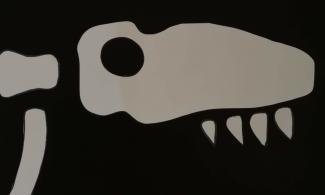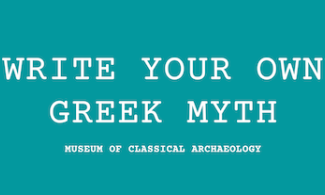Information
Scientists use all sorts of different ways to name the new plants, animals and fossils they find.
Two parts - Scientific names usually have two parts, just as people have a first name and a family name.
Latin or Ancient Greek - Often the names use words from Latin or Ancient Greek.
Name it after a friend - Lots of scientists name fossils after their friends. Adam Sedgwick, the famous geologist, has two fossils named Sedgwickii after him. They are both on display in the Sedgwick Museum which is named after him as well.
How does it look? - Often names describe the way the fossil looks. Archaeopteryx is made up of two Ancient Greek words: Archaeo which means ‘ancient’ and Pteron which means ‘wing’.
Challenge one
Pick one adjective and one noun from the resource list, and then draw a creature to match your description. Make a data sheet to go with your drawing - how big was it, what did it eat, where did it live?
Challenge two
Make a clay creature then chose a good descriptive name for it using the resource list.
Challenge three
Sir Richard Owen coined the name 'dinosaur' in 1841, it means 'terrible lizard'. Have a look at some dinosaur names and see if you can work out what they mean. Here is one you might already know Tyrannosaurus rex = 'tyranno' is Greek for 'tyrant' and 'saurus' is Greek for 'lizard', and 'rex' means 'king' in Latin. So, Tyrannosaurus rex means 'King of the Tyrant Lizards'. What does Pachycephalosaurus mean?




